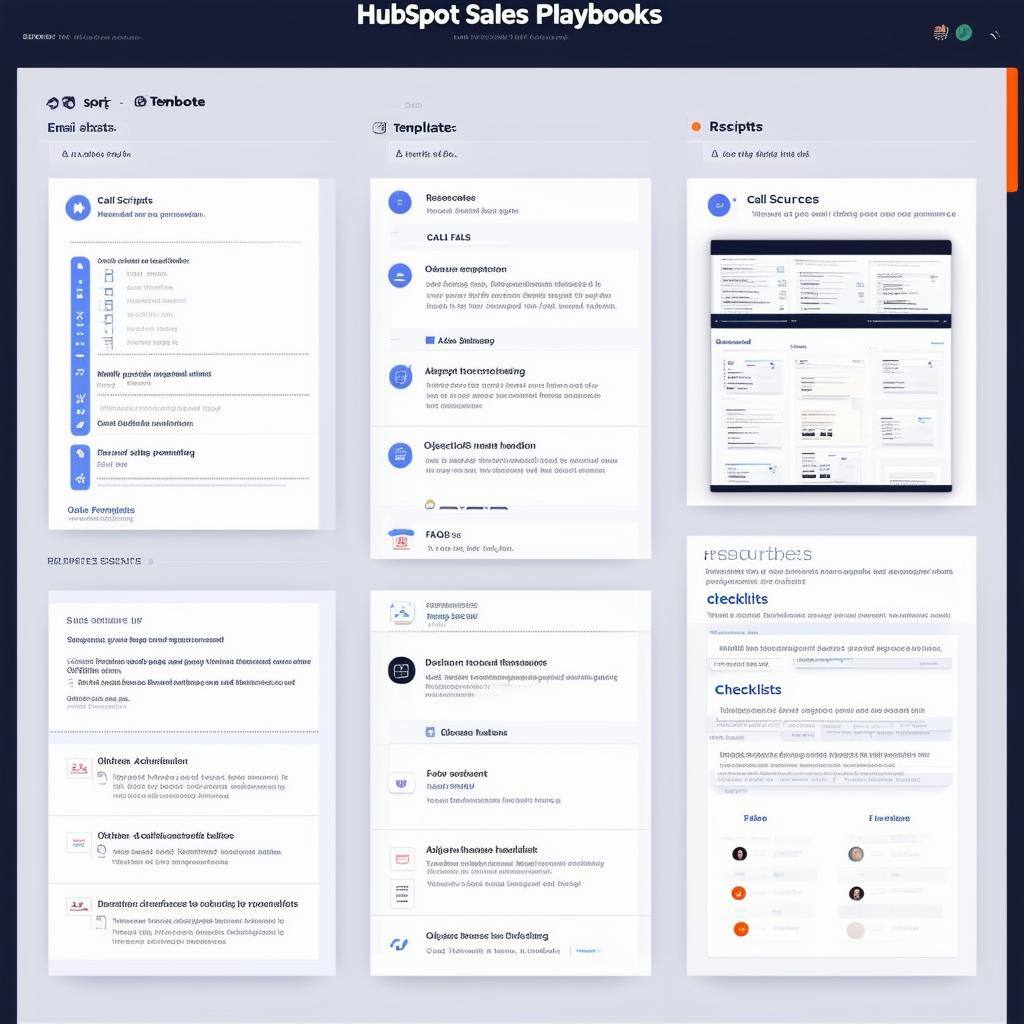-
Digital Marketing
We help you to use your digital potential. For a strong positioning, more visibility and more leads.
Get Growth ready
With the BEE.Transformance model, we bring continuous and profitable growth to your company. A new mindset for your team.
Industries
We transform your challenges into opportunities through the experience we have gained from projects in these industries.
-
HubSpot Services
As a HubSpot Diamond Partner, we help you implement your digital growth strategy with a focus on performance - by implementing and integrating new and existing systems as well as 3rd party apps.
HubSpot Thought Leader
As a HubSpot Diamond Partner with +50 certifications, host of the HubSpot User Group Zurich, HubSpot Trainer and HuSpot User Champions, you have access to in-depth HubSpot expertise.
HubSpot Solutions
The BEE.Theme offers you more creative freedom than any other theme on the market. Whether you're a beginner or a professional, a creative mind or a digital agency - with the BEE theme, you can easily unleash the maximum power for your pages in HubSpot CMS.
-
BEE.Blog
Knowledge around digital marketing, digital sales, technology, data intelligence and employees.
Knowledge Base
Pure knowledge: everything essential concentrated, compact, digitally prepared for you and ready to download.
What is inbound?
The most effective way to successfully combine digital marketing and digital sales.
-
BEE.Team
The BEE.Performers: many different characters - with one thing in common: the fascination for a digital world.
References
More than 100 large and small companies have already started with BEE: to more visibility, more performance, more growth.
Invest
Participate in the growth of BEE and become part of the BEE Growth Story by purchasing Digital Share Tokens.
We're hiring
Become a BEE.Performer! Are you ready for your own transformation?
Building an Advanced but Simple Lead Scoring Model
When executed correctly, your inbound marketing strategy should start generating plenty of new leads to your sales funnel. But how do you approach those leads to ensure maximum conversion?
You need to discern between who's ready to buy and who still needs a little more information. That's where lead scoring comes in. Using our free lead-scoring worksheet, you can get more granular about who should jump to the front of your calling queue and who is:
a) a bad fit and should be filtered out of your pipeline
or
b) a good fit but needs more time and nurturing.
What is lead scoring?
Your leads can be assigned a numerical score based on a number of factors, such as professional information (are they a decision maker?) and the content they've interacted with on your website.
Lead scoring will help your sales and marketing teams send out timely and appropriate communication to high-priority leads while engaging those that are less likely to buy right now and encouraging them to continue along the buyer's journey.
Lead scoring methodology is unique to each business and streamlines your nurturing and conversion process. A poor lead scoring model, however, may cause confusion for your teams and clients, complicating hand-offs and pre-empting decision-level sales conversations before your leads are ready to become customers.
Basic lead scoring models can leave a number of gaps; that's why we created an advanced lead scoring model that gives you the insights you need to have a more impactful prospecting system.
Why does basic lead scoring fall short?
As HubSpot partner, we use and advocate for the lead-scoring tools provided within the platform —— they work! But to support our customers further and personalise their experience, we've evolved the lead scoring process to ensure that it's consistent and result-yielding for each client. It's important to note that the principles of the HubSpot lead scoring model can also be applied when using other CRMs.
HubSpot assigns an overall score to each lead using a point system based on Positive and Negative Criteria. This helps to qualify each contact, company and deal that is entered into the CRM. The target audience you've outlined determines what the Positive and Negative Criteria are.
The limits of basic lead scoring
Realistically, basic HubSpot lead scores should be taken with a pinch of salt. While useful, they don't provide the in-depth insights you need on your prospect —— do they have the authority to make a purchasing decision; are they even a good fit?
Sure, you may have a better idea about who's in your pipeline, but you may also get overwhelmed with leads who look fantastic on paper but aren't genuinely valuable to your business. This will create a backlog of leads for your sales reps to manage and leave your team spending time on low-quality interactions.
What is advanced lead scoring?
You may be familiar with Fit and Engagement Scores —— these are implemented in HubSpot using custom properties that mirror your ideal customer and engagement criteria. By combining a Fit Score and an Engagement score, you'll be able to manage leads in your sales pipeline more contextual manner. What does this mean?
A Fit Score will tell you how well the prospect aligns with your ideal buyer persona criteria. Here, we take several attributes into account, such as:
- Industry
- Revenue
- Buyer persona profile match
- Vertical
The Fit Score does not change once it has been set.
The Engagement Score helps you understand the frequency with which a prospect engages with your business. Do they read marketing emails? Are they filling out forms and downloading content?
Unlike Fit Score, Engagement Score can be dynamic and change based on how often the lead interacts with your business.
These scores will help you understand whether a lead is a good fit and how ready they are to take things to the next level. Your sales team can then decide to prioritise and ramp up communication with the prospects who are well warmed up and primed for a sales conversation because they've interacted with your educational content, opened your emails and spent a fair amount of time on your website.
Fit and Engagement scores will also help your marketing team ideate more effectively when it comes to engaging and segmenting leads appropriate in order to target them with campaigns and messages that move them along the sales pipeline.
For example, low Fit and Engagement Scores are symptomatic of ineffective channels or content. Knowing this, your marketing team can generate new content to attract better-fit contacts.
Once you've defined your lead scoring criteria, you can automate workflows that assign these scores to contacts in your database, ensuring everyone has a rating that sales teams can use to prospect. It's also incredibly useful for reporting on your campaigns and optimising your efforts.
Lead score with BEE
If you're ready to make your sales pipeline more productive, we've got a free lead scoring worksheet that will have you apply a more advanced approach to lead scoring. We help you separate the wheat from the chaff in a few simple steps and provide you with a grading matrix that will help you apply more discernment when approaching prospects or looking for ways to generate better-quality leads.
Lead generation and conversion are a science, and with the right tools, you can concentrate your efforts more effectively and get better results from your CRM. Get started today.
Related Posts

How HubSpot Sales Playbooks Can Maximise Efficiency
Philipp Schirmer | 17 Oct 2024
As 2024 winds down, are your sales processes aligned to end the year strong? HubSpot Sales Playbooks could be the game-changer you need to finish strong and set up for ...
reading time: 15min
Zum Blog

How to Clean Data in HubSpot with the Operations Hub
Romy Fuchs | 17 Nov 2022
Without a clean database, your marketing campaigns, reports and deals will lead to skewed figures and questionable estimations - a little counterproductive when you ...
reading time: 7min
Zum Blog

Lead Management Process: 4 Steps to Success
Dominik Brunner | 28 Jan 2021
In life and in business, success is achieved through a focussed and deliberate process. Sure, random and spontaneous wins can occur, but when you're trying to forecast ...
reading time: 8min
Zum Blog
